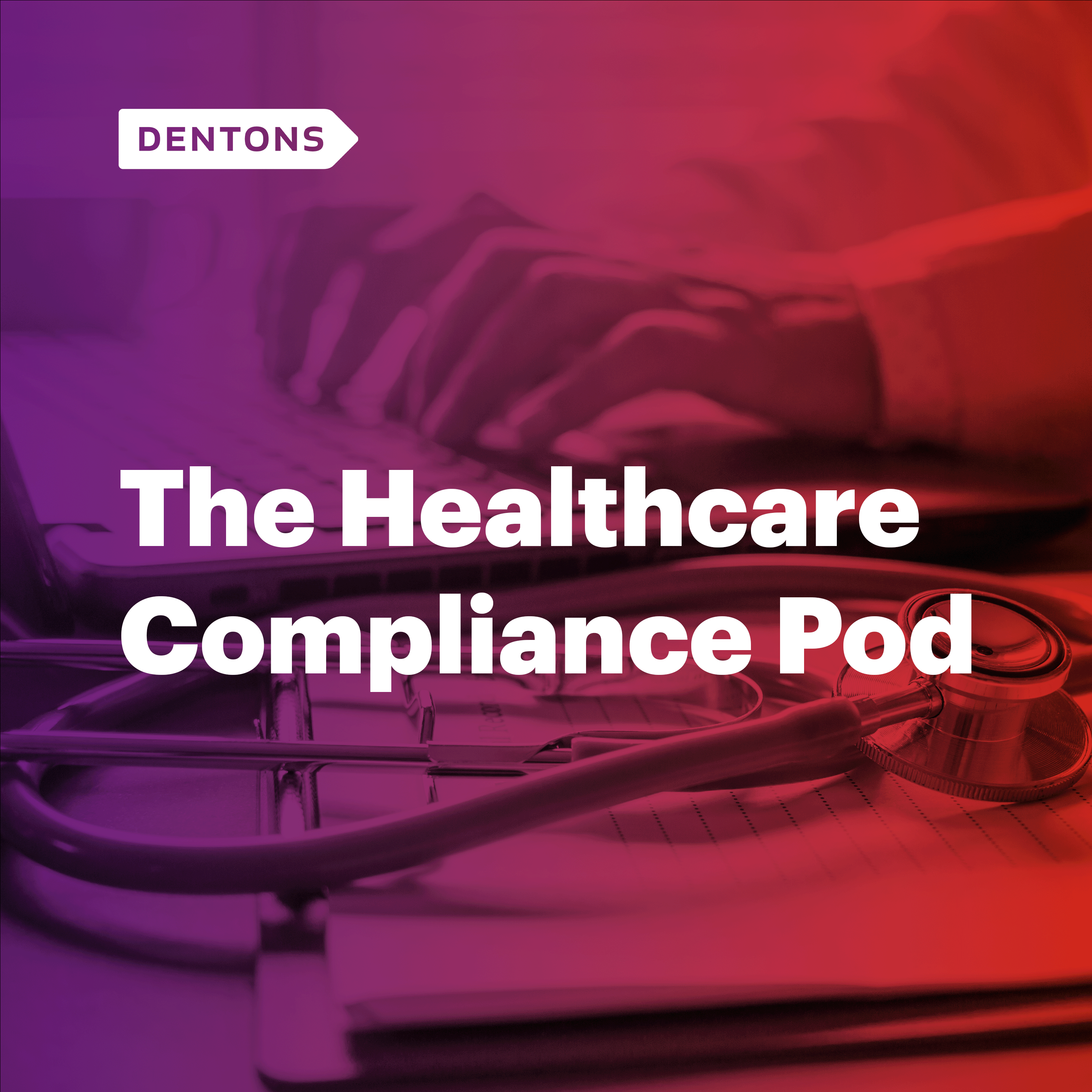The most successful compliance programs are constantly evolving and always in motion. They are both action-oriented and flexible. How do you build a program that’s action-oriented and flexible? You implement a detailed work plan identifying and outlining your program activities for the year while staying open to adapting your plans if circumstances change.
But, action for the sake of action is not just unhelpful, it jeopardizes your program’s effectiveness. For your compliance program to be effective, it must also be informed and intentional. Otherwise, you risk wasting time and money focusing on the wrong issues and losing the confidence of your leadership and staff.
How do you build an informed and intentional work plan? Conduct a risk assessment!
In its General Compliance Program Guidance, the Office of Inspector General for Health & Human Services (OIG), recommends all healthcare providers conduct a risk assessment annually. The risk assessment:
- identities risks to the organization from violating the laws, regulations and legal requirements;
- evaluates the nature of each risk, the potential harm to the organization, and the strategies needed to mitigate or remove the risk; and
- prioritizes these risks and the corresponding mitigation strategies for inclusion in your work plan.
Since your risk assessment informs your work plan which guides your compliance programming throughout the year, critical to the success of your program is thorough risk assessment.
How do you conduct a comprehensive risk assessment that will set your compliance program up for success? Listen to this week’s podcast and check out our Step-by-Step Guide to Conducting a Comprehensive Risk Assessment.


